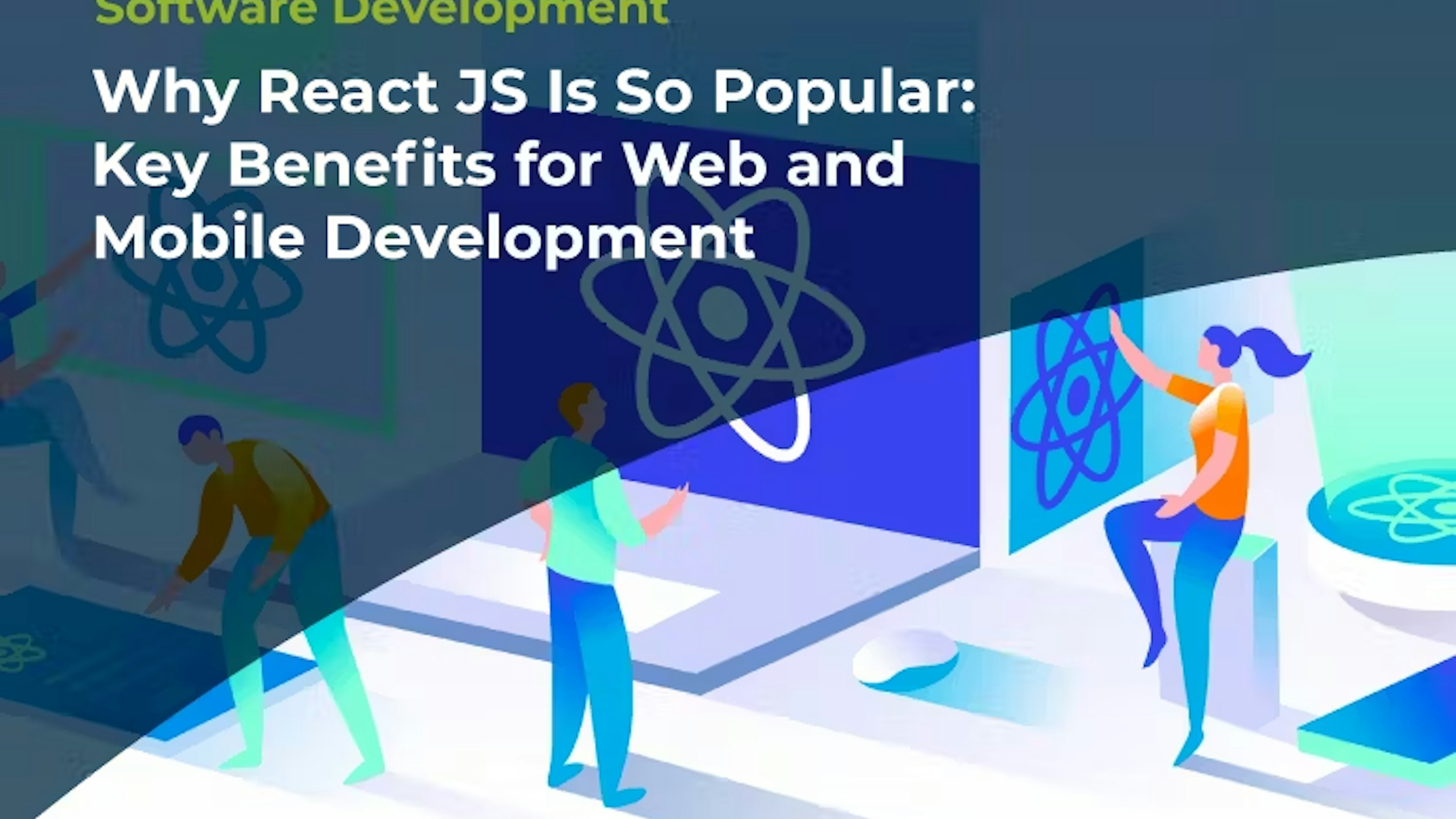The Six-Step Process To MVP Development


According to CB Insights, the most common reason for startup failure is lack of market need. Failure is also often attributed to startups being unwilling to pivot away from bad products quickly. Avoiding dire product-market fit challenges starts with conducting a hypothesis-driven MVP experiment. Entering the MVP process with a clear hypothesis ensures you focus on solving one specific pain point and receive valuable data to validate product viability.
How do you develop an MVP?
Veteran product manager Dan Olsen’s six-step MVP process is a blueprint you can follow to achieve product-market fit:
1. Determine your target customers
User personas are great tools for outlining your ideal customers’ demographics and psychographics. For B2B organizations, they’re incredibly beneficial in separating economic buyers from end-users. In other words, who are the decision-makers controlling IT spend versus your product’s everyday users? With this information, you can assess where they fall on the technology adoption curve. Are they innovators open to trying new products and taking risks, or are they a part of the later majority who are more cautious?
2. Identify underserved user needs
By understanding the needs of the market, you can identify where your opportunity lies. Discovery interviews, user surveys, and the importance/satisfaction matrix are useful tools for visualizing and refining your product solution. You can also assess which user needs you’re able to satisfy based on your capabilities. Solving every user problem is impossible, which leads to the third step in the MVP process.
3. Define your value proposition
Your value proposition is the solution, or promise of a solution, that sets you apart from competitors. During this crucial step in the MVP process, you determine where you will compete in the market and how you plan to position your product as better than what’s already available. After defining your value proposition, you can determine the investment level needed to deliver the value you’ve promised to users.
4. Specify your MVP feature set
MVP adoption should be a seamless process for your users. Prioritize features that enable you to validate product-market fit quickly. By only delivering the features your product needs to function, users can engage with the product for its core purpose and understand your value proposition right away.
5. Create your MVP prototype
The type of MVP you develop depends on your hypothesis and available resources. Single-feature, Wizard of Oz, and Concierge are examples of MVPs that help you simulate the user experience with reasonable fidelity and interactivity to collect high-quality feedback.
6. Test your MVP with customers
User testing enables you to observe what your target users say and do while interacting with your product. MVP testing is only as good as the questions you ask and your measures of success. For example, merely asking, “Did users like Feature X?” will undoubtedly provide “yes” and “no” data, but you won’t get any actionable feedback. Actionable metrics, such as customer churn, acquisition costs, and conversions, are valuable KPIs that shape future iterations of your product.
MVP development is a careful process that, when executed successfully, helps you deliver the right product solution to users with speed and precision. For a deeper dive into the MVP development process, download our eBook: MVP Development and Execution.
Subscribe to our newsletter
Stay informed with the latest insights and trends in the industry
You may also like


